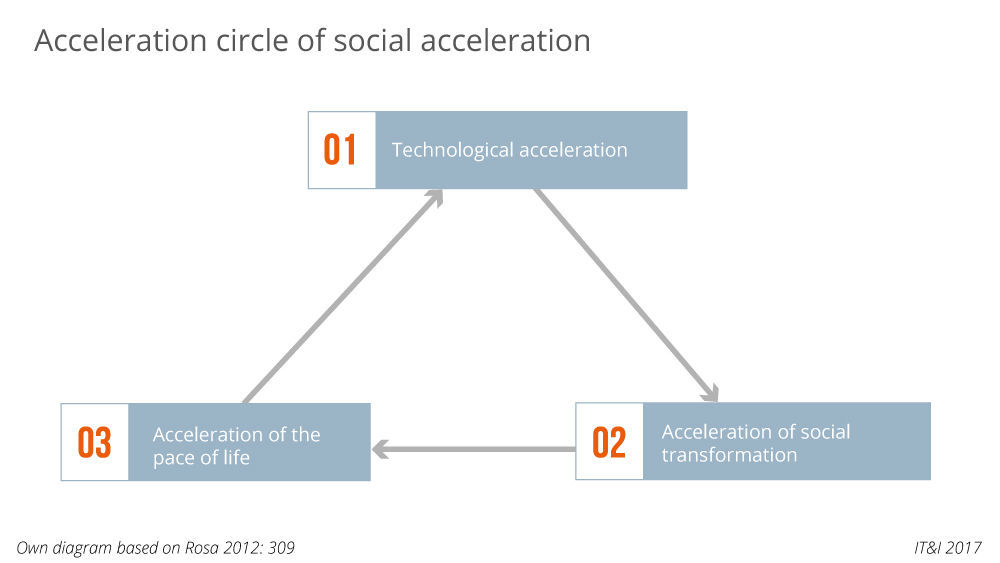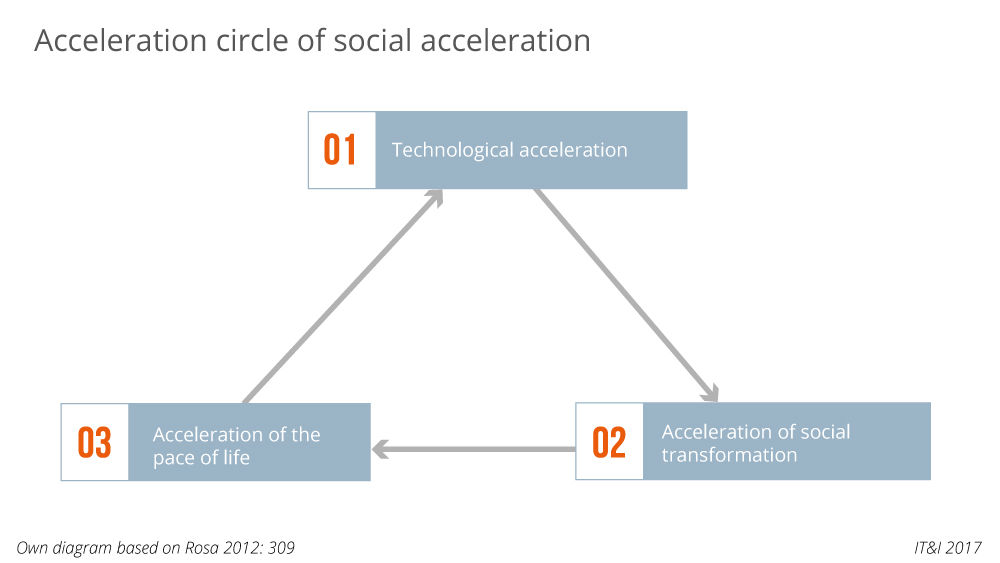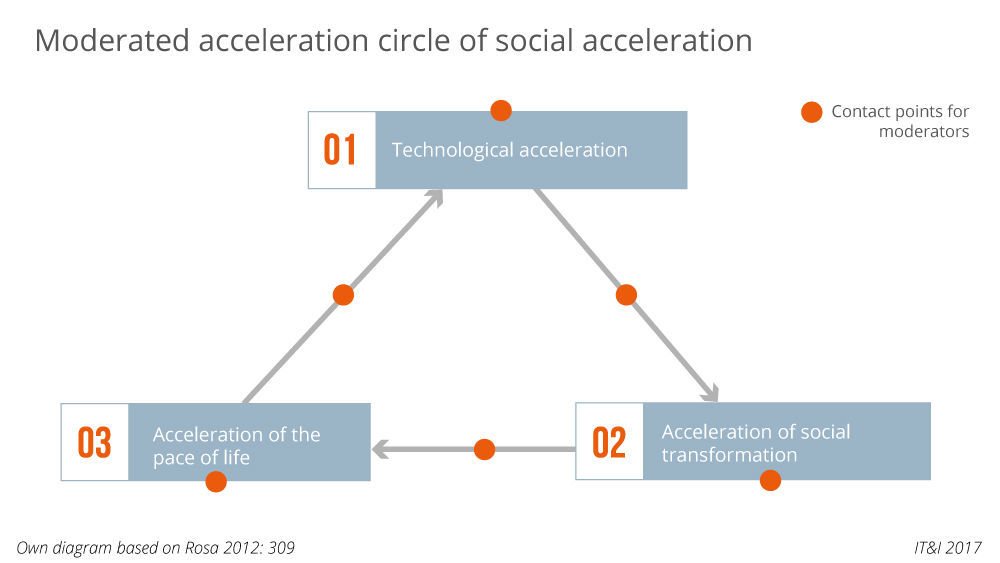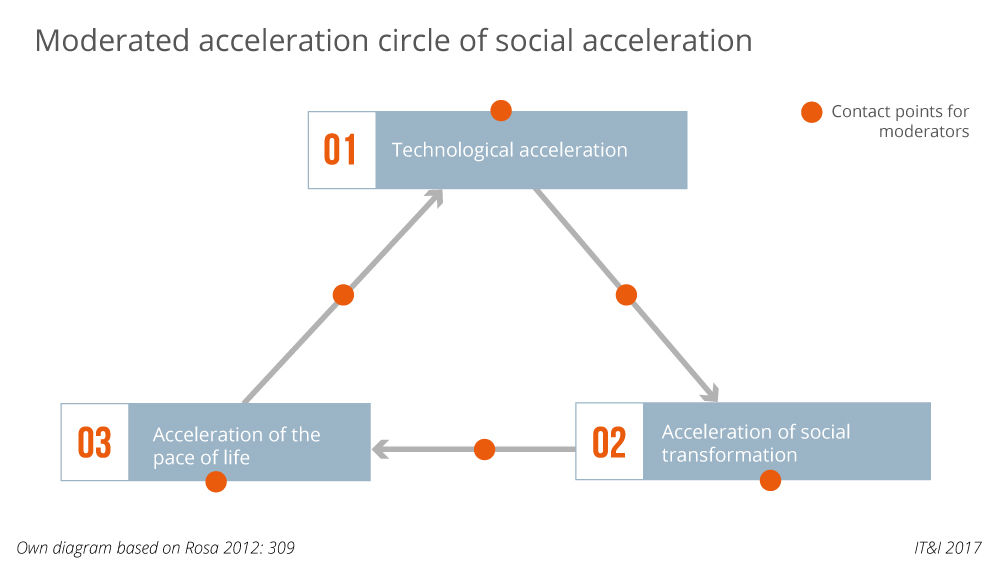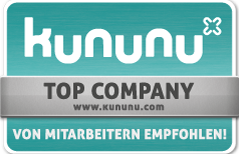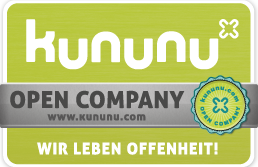Beyond time management – time management using agile methods

More and more sophisticated approaches to time management have therefore been developed (see [Seiwert 2005] and [Seiwert 2009], for instance). If these were successful then surely we would have or be able to have time in abundance. In reality, however, time has by no means become less scarce. “On the contrary: the more time we save, the less we have runs a well-known piece of folk wisdom” [Rosa 2012: 43, emphasis in original]
In this article, we examine whether it is possible to counteract time pressure. Our response is a proposal to reduce time shortages using agile methods.
Time pressure as a consequence of social acceleration
The feeling of time pressure is often expressed through the image of “time flying”. While this image is certainly effective, it is also incorrect: Time always remains the same. Yesterday had 24 hours, today will have 24 hours, and the same goes for tomorrow.” [Haack/Tippe 2011: 27]. It seems far more plausible that the time pressure we experience is a result of social acceleration, the combination of:
- Technological acceleration
- Acceleration of social transformation
- Acceleration of the pace of life/work
(On this point and the following, see [Rosa 2012: 243ff] and [Haack 2015: 252ff.].)
By way of explanation, let us start with technological acceleration. The “time means money” connection was clear to the Swabian family of tradesmen the Fuggers as early as the 16th century. This is why they replaced the city-appointed messengers, who had previously been commissioned with conveying commercial data, with a courier service. This made them faster, and thus more successful, than their competitors. Similar examples include the development and use of steam engines, but also computers, 3D printers and smartphones and the possibilities that they offer us today. These technical innovations are happening at ever shorter intervals. In other words, we are living in a world of technological acceleration.
It is plain to see that this technological acceleration is in turn a major cause of the accelerated transformation in human social interaction in both professional and personal environments. Computers, smartphones and the Internet are resulting in new work structures (e.g. virtual project teams), new means of production (e.g. 3D printing), changed communications structures (e.g. e-mail), altered relationship structures and new forms of social identity (e.g. social networks) in increasingly rapid succession. Just like technical innovations, these changes are happening in shorter and shorter intervals. In other words, we are living in a world of accelerated social change.
To keep up with the demands of our society we humans need to be fast enough. More precisely, we need to get faster and faster at shorter and shorter intervals – to increase the pace of our lives. This in turn creates a need for faster technology, and brings us back to the starting point of “technological acceleration” in the form of shorter and shorter cycles of technical innovation.
To sum up, we can see that the three dimensions of social acceleration discussed above form a closed, self-driving and ever faster “circle of acceleration” [Rosa 2012: 251]. Technological acceleration results in an acceleration of social change, leading to an increase in the pace of life, which can only be realised through technological acceleration (figure 1).
Moderating social acceleration
The circle of acceleration model of social acceleration gives us an approach that can provide a way out of time shortages (on this point and the following, see [Haack 2015: 267ff.]): Time pressure increases or decreases depending on whether the circle of acceleration generates more or less acceleration. It therefore seems appropriate to look for ways to reduce or increase social acceleration in line with the respective work or living situation.
However, the aim here is for the circle of acceleration to come to a halt. This would, for instance, mean that technological modernisation would cease – a situation that is surely not desirable. On the other hand, the intention should also not be to permit the circle of acceleration to run unchecked. This would mean allowing a degree of social acceleration, and thus a degree of time compression, that humans could definitely no longer cope with in the long run.
Thus, in any given situation, the goal must be to steer the circle of acceleration between the “standstill” and “unchecked” statuses so that it behaves in a similar way to a power generator, which always provides the appropriate amount of power – no more and no less. Depending on the circumstances, we may have good reason to decrease or increase the pace deliberately in order to complete tasks.
This procedure generally corresponds to the way a nuclear reactor is controlled using heavy water: immersing the fuel rods more or less deeply into the heavy water that is used as a moderator moderates the chain reaction that is occurring in the reactor, i.e. it is always brought to the level between “standstill” and “unchecked” (GAU) at which this power generator produces just the right amount of electricity for the current situation.
In the case of the acceleration circle of social acceleration, moderators can be applied for control at the six points marked in figure 2 in the same way as the heavy water in a nuclear power plant. What might such moderators look like?
Agile methods as moderators of the circle of acceleration
Considering the previous observations, it is clear that only methods, procedures and tools that enable situation-based action can be considered as moderators of the circle of acceleration. But what could these approaches be?
The theory is that agile methods and the tools that support them or the procedures derived from them have the required properties, being specifically tailored to trying, identifying and responding: situation-based behaviour. [Haack/Müller-Trabucchi 2016: 22f.]
In practice, this moderating property can be confirmed by providing an example: specifically, during the spring and autumn of 2016, in five independent time-management workshops with a total of around 150 technical editors – primarily from the IT industry – we discussed some familiar agile approaches from software development, such as self-organisation of teams, sprints, stand-up meetings and Kanban boards. The workshops revealed, for example, that Kanban boards and stand-up meetings can create transparency in projects, offering reliable justifications for any useful adjustments to the collaboration (key word: acceleration of social change) or the pace of work (key word: acceleration of the pace of life). However, they also revealed that these changes become possible through self-organisation of the teams.
To sum up, we have therefore discovered an initial group of methods, procedures and tools that can be used as moderators of the circle of acceleration and thus as instruments to effectively reduce time pressure and time shortages. How further moderators can be identified and constructed has not yet been fully clarified and will therefore be the subject of further investigations.
Literature
Biermann, Th. 2015 (ed.): Hochschulmanagement in Theorie und Praxis; Wildau Verlag 2015
Haack, B. 2015: Beschleunigung moderieren – statt Zeit managen; in: [Biermann 2015: 241-288]
Haack, B.; Müller-Trabucchi, M. 2016: Wege aus der Zeitfalle; technische kommunikation 38 (2) 2016: 18-26
Haack, B.; Tippe, U. 2011: Wider die Zeitkrise – Ein Plädoyer für die Konzentration; Informationstechnologie und Immobilien – Magazin für IT-Anwendungen in der Wohnungswirtschaft 16 (2011): 27-30
Rosa, H. 2012: Beschleunigung – Veränderung der Zeitstrukturen in der Moderne; Suhrkamp Taschenbuch Verlag 2012 (9th edition)
Seiwert, L. J. 2005: Wenn du es eilig hast, gehe langsam: Mehr Zeit in einer beschleunigten Welt; Campus Verlag 2005 (9th edition)
Seiwert, L. J. 2009: Noch mehr Zeit für das Wesentliche: Zeitmanagement neu entdecken; Goldmann 2009
Author:
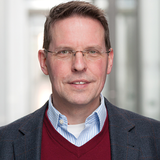
Prof Dr Bertil Haack
studied mathematics and physics at TU Berlin. After joining Berliner Bank AG in 1985 and its subsidiary BB-DATA GmbH in 1987, he held various IT roles there until 1996. Between 1996 and 1998, he was managing director of Wohnungsbau-Rechenzentrum Berlin and Wohnungswirtschaftliche Beratungs- und Softwaregesellschaft Berlin. Since 1999, Haack has been self-employed as a management consultant and, from 2001 to 2011, managed G&S Goals & Strategies GmbH, which he also founded. Haack has held a full-time position at Wildau Technical University of Applied Sciences since 2004, initially as a visiting lecturer and later as Professor for General Business Administration. Most recently, he held the office of Dean of the Faculty of Business, Administration and Law at the university for six years, until 2013.
Other articles by this author:
